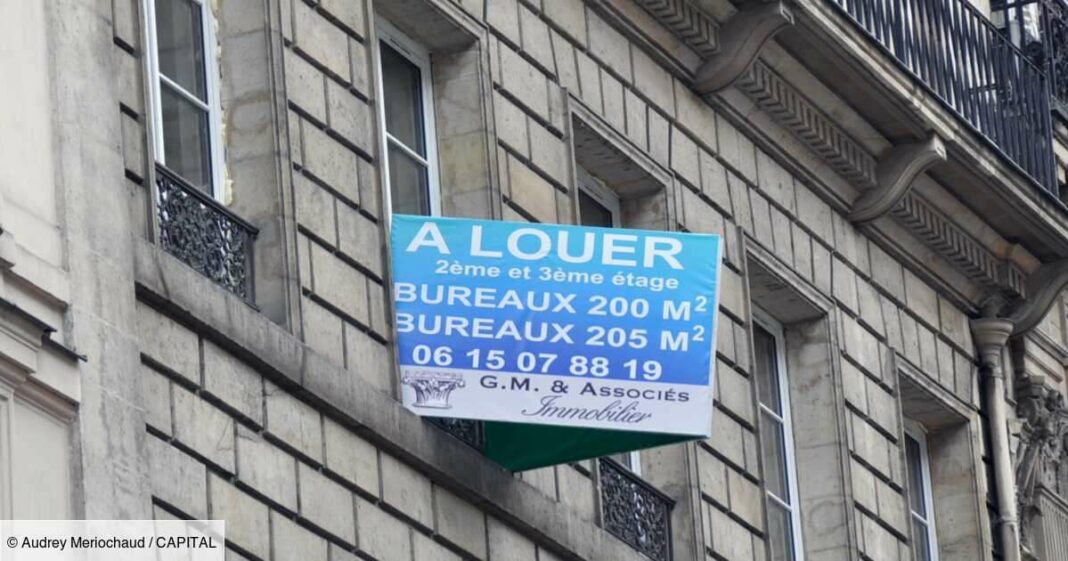Île-de-France is facing a growing issue with vacant office spaces, with 1.2 million square meters unoccupied, largely due to increased remote work. Despite the pressing need for social housing, converting these offices into residential units faces technical, financial, and regulatory challenges. A proposed bill aims to ease the transformation process, yet financial incentives are lacking for developers. Additionally, potential residents may be deterred by the lack of amenities in business districts, complicating efforts to address housing shortages.
The Empty Office Space Dilemma in Île-de-France
In Île-de-France and other major urban centers in France, the sight of “Offices for Rent” signs is becoming increasingly common. According to recent data released by the Consortium of Offices, there are over 173 million square meters of office space across France, with a staggering 2 million square meters sitting vacant for over two years without any plans for redevelopment. Notably, 1.2 million of these unused spaces are situated in Île-de-France. Blaise Heurteux, the founding partner of La Place de l’immobilier, highlights that the rise in remote work following the health crisis has exacerbated the existing vacancy rates, driven by trends like flexible office arrangements and coworking spaces.
Transforming Vacant Offices into Housing Solutions
This situation poses a significant paradox, especially considering that approximately 2.7 million people in France are in need of social housing. Many individuals who do not qualify for social housing struggle to find affordable rental options in the private sector, as tenants are reluctant to leave their homes due to the high costs of homeownership. Compounding the issue is the restriction on new construction due to efforts to combat land artificialization. This has led to a compelling idea: transforming vacant offices into residential units. The Consortium of Offices states that if the 2 million square meters of long-term vacant offices were converted into housing, they could potentially accommodate around 53,000 residents within five years, based on the average living space of 38 square meters per person for those aged 25-44.
However, the conversion of office spaces into residential units presents both technical and financial challenges. Variations in fire safety regulations and ceiling height standards between commercial and residential buildings are just a few of the hurdles that must be overcome. A proposed bill by Deputy Romain Daubié, which has progressed through the legislative process, seeks to facilitate these transformations by simplifying the change of use from commercial to residential. This includes allowing decisions to be made by majority vote among co-owners rather than requiring unanimous consent.
Despite these legislative efforts, the financial aspect remains a significant barrier. Blaise Heurteux emphasizes that the pricing of vacant office spaces in Île-de-France, with discounts ranging from 20% to 30% compared to average market rents, does not sufficiently incentivize real estate developers to undertake the transformation, considering the financial resources required. As the Senate Economic Affairs Committee noted, vacant office spaces are often overvalued on the balance sheets of their owners.
Moreover, the appeal of these business districts for potential residents is another crucial factor. Would individuals want to reside in a former office building in a bustling business area like La Défense or in less vibrant locations such as Rueil-sur-Seine? To attract residents, these areas need essential amenities such as schools, libraries, sports facilities, and childcare centers. However, these additions come with their own costs, making local authorities hesitant to approve such projects. This is unfortunate, as areas like Rueil, Nanterre, Clichy, and Saint-Ouen have a clear need for housing solutions amid rising office vacancies.
